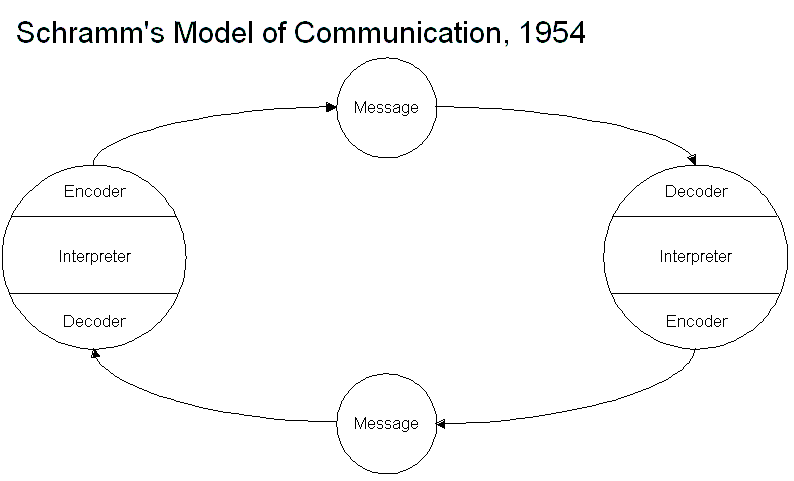 SMCR was created by Wilber Schramm in 1982 – he is often credited as the founder of mass communication studies. SMCR stands for Source-Message-Channel-Receiver. This can be applied to text messaging.
SMCR was created by Wilber Schramm in 1982 – he is often credited as the founder of mass communication studies. SMCR stands for Source-Message-Channel-Receiver. This can be applied to text messaging.According to the model, the source is the originator of communication – in this case the phone. The message is the content of communication or in other words the information that is being exchanged. In this case it would be the text itself. The channel is the medial of transition system used to convey the message from one place to another. Examples of this include Verizon or AT&T. The receiver of this is the destination of the communication or the phone to which you were texting.
Other important terms to remember when it comes to texting are encoder, decoder, feedback and noise. Encoder translates the message into a form that can be communicated – often a form that cannot be interpreted by the human senses. This, when texting, flows through the air via satellites. A decoder reverses the encoding process. This turns the unreadable text back to font that can be passed on to the next phone. A feedback mechanism between the source and the receiver regulates the flow of communication. Noise is any distortion or errors that may be introduced during the information exchanges. This includes a dropped text – similar to a dropped call.
Clearly each of these terms are key to the use of text messaging.
No comments:
Post a Comment